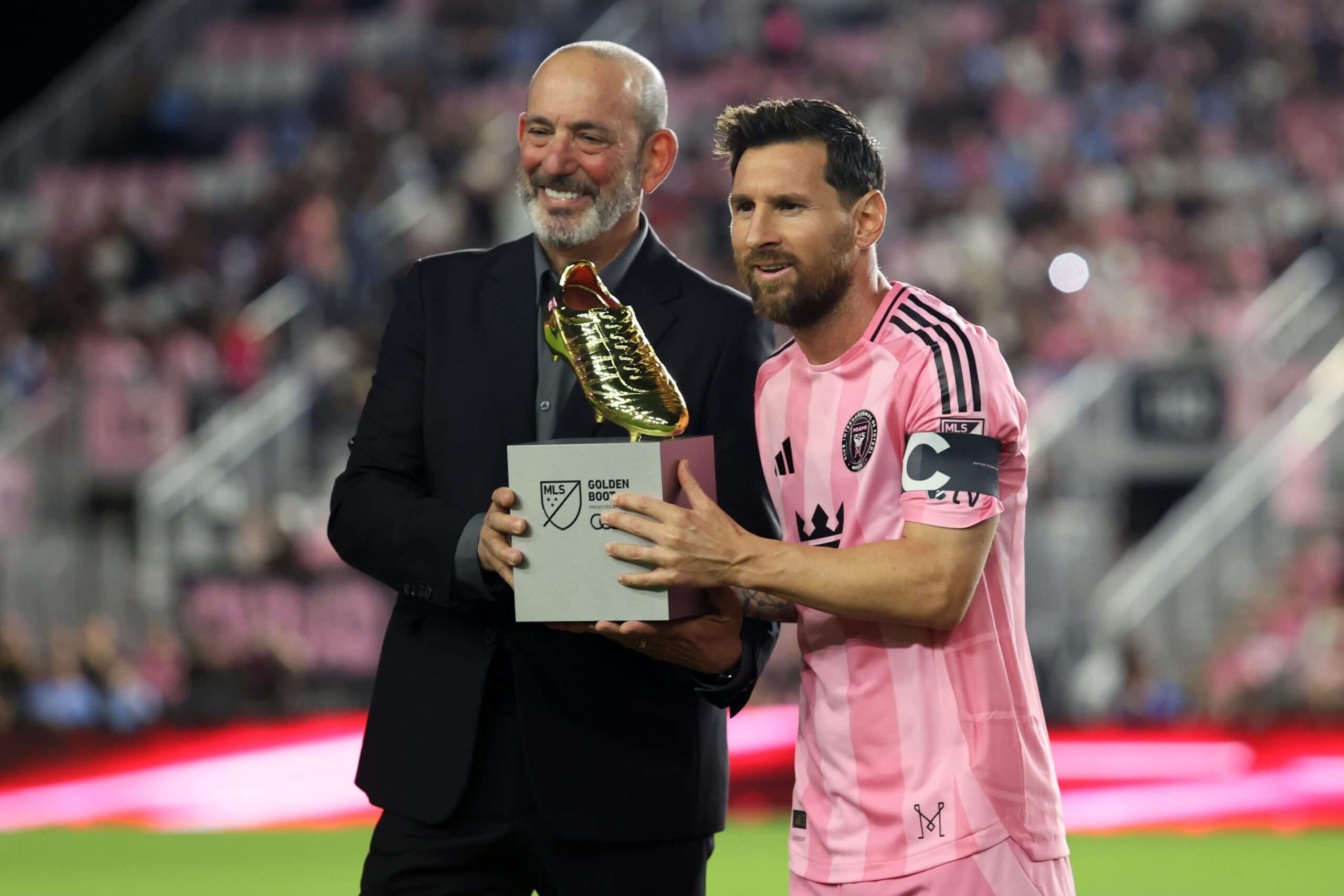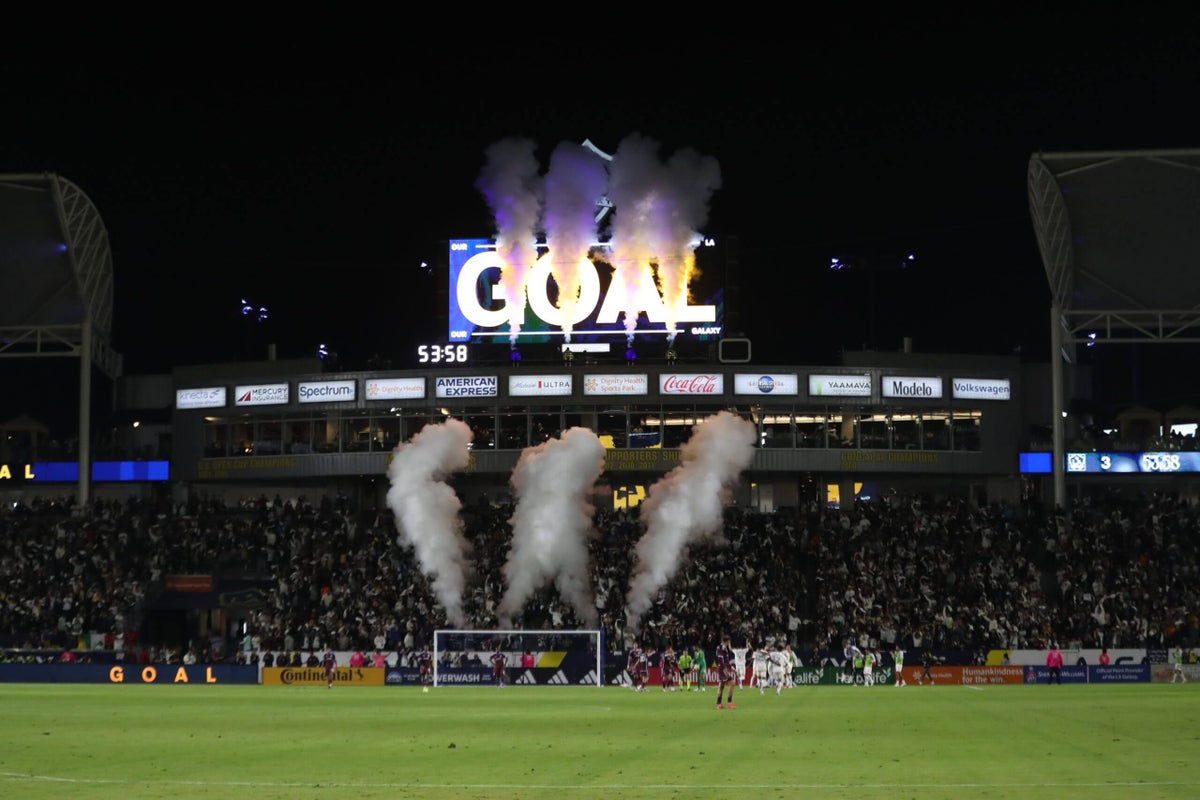PALM BEACH, Fla. — Thursday’s historic vote was inevitable for Major League Soccer.
If MLS truly aspired toward what commissioner Don Garber long insisted was the aim, to be one of the best leagues in the world, then its move to transition to a July-to-May calendar was a prerequisite.
Over the past two decades, MLS has focused on expanding and building out infrastructure. It has seen success stories from Seattle to Portland to Atlanta, Cincinnati, St. Louis and Austin. Its owners have spent hundreds of millions of dollars on soccer-specific stadiums and training facilities. But even as the league has built out and seen valuations soar, it has started to fall behind in some key areas.
Mostly, the league needs its sporting product to catch up. And it needs to grow from a successful local business thriving in many markets as gameday entertainment into one that can capture a national and global audience.
Flipping the calendar addresses some of those issues. Crucially, it doesn’t solve all of them. There is work still to be done.
Nonetheless, this is one of the most important days in league history. Over the past two years while reporting my book, The Messi Effect, I have had an inside look at the debates and struggles to get this decision over the line — and the increased competition in the American soccer landscape that is threatening MLS’s future. Getting this vote across the line was an exhaustive process, one some owners believe took too long. Lionel Messi’s 2023 arrival accelerated these talks, but MLS did not get this done in time to launch right after the World Cup in 2026, a massive missed opportunity. Still, changing the calendar in 2027 gives the league a chance to take important steps forward.
This calendar flip immediately addresses one area that can help, though not solve completely, one problem. MLS now is moving the most compelling part of its product, the end of the regular season and its playoffs, away from the behemoth that is college football and the NFL. In the U.S., gridiron football is king. MLS playoffs currently square off with both. Last year’s MLS Cup was played at the same time as the SEC Championship Game that averaged 16.6 million viewers. MLS had massively disappointing ratings on FOX, a linear audience of just 468,000. Even accounting for MLS Season Pass subscribers, that number was dismal compared to MLS Cup in 2022, the last year of the previous TV deal, where more than 2 million people watched across FOX and Univision. Getting away from football will help.
The league will now pivot those playoffs to May, where it won’t be interrupted by a FIFA international window (as is currently happening) and will instead compete for eyeballs with the early rounds of the NBA and NHL playoffs. That might hit differently in some markets — certainly Canadian teams see that as a bigger negative — but overall it’s a win for MLS.
The calendar issue sets MLS up for growth in two key areas of the business. The first is on the sporting side, where, paired with roster rule changes that increase both spending and freedom in how to spend — an absolute must — MLS can improve its on-field product. The second is to then showcase that more-compelling product to fans in a more attractive package for media partners.
The goal in both areas is the same. Media rights are the lifeblood of the sports business. MLS needs to increase revenue via a more competitive national media deal in order to invest more in the product and compete better globally. The business can not move forward if driven mostly by gameday revenue.

MLS commissioner Don Garber presents Lionel Messi with the 2025 MLS Golden Boot (Leonardo Fernandez / Getty Images)
More importantly, this sets up for MLS to take the right next steps forward in how it thinks about investing in its first-team product. It has a chance to push the league forward. But the calendar change as a tool to showcase the improved product is only possible with changes to how – and how much – teams spend.
The process to get to those new rules may be harder than it was to vote on this calendar flip. Yes, northern markets were hesitant to make this change. But asking owners for more investment and more losses with no guarantee of increased revenue is a more difficult task.
MLS has no choice.
Too many owners have invested too much money. The competition from the Premier League, the increased visibility of the Champions League and the Relevent lawsuit settlement that could bring foreign league matches to U.S. soil are all signals that the competition is only going to keep coming. Liga MX’s growth potential in the U.S., particularly, is enormous.
When Messi arrived, his commercial success woke up league owners. It was a reminder that the American audience will pay to see the best. And while Messi is not replicable, the lessons from his popularity still matter. MLS needs to convince people it is a league worth watching — that it has players and teams that can compete with global rivals.
Today was an important step in that process. MLS fans should feel good about where the league landed. The tradeoff of a handful more regular season games in cold weather is well worth the growth this calendar will support.
But much work remains for “MLS 3.0” to truly take the form of a whole new MLS.

